Benefits of taxonomy
There are many benefits of taxonomy to New Zealand because taxonomic knowledge underpins New Zealand’s economic, environmental, social and cultural fabric.
Economic benefit
New Zealand’s taxonomic collections provide economic benefit.

Despite being only 6% of GDP in 2014, agriculture, fishing, and forestry dominated New Zealand’s exports, and are a particular focus for Māori investment. The primary production sectors require accurate and authoritative taxonomic information for many reasons, for example:
- obtaining market access for fish under the banner of sustainable fisheries and ecosystem-based management requires accurate taxonomic names;
- identification of pests, pathogens, and biological contaminants is critical to an efficient primary sector and to market reputation especially in relation to food safety;
- enhancing New Zealand’s resilience is enabled by identification of species with attributes that will be suited to changing climate conditions; and
- the development of innovative products with economic potential from our native biota. All of these must be based on our ability to definitively identify New Zealand’s biota and its distribution.
Biosecurity
Biosecurity is an important part of risk management for New Zealand’s economy, environment, and for human health.
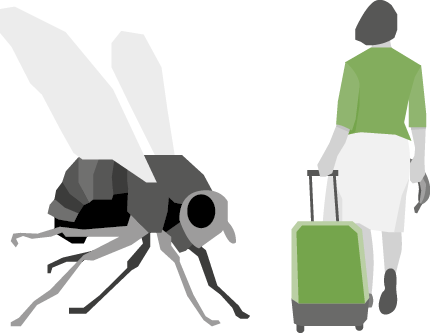
Effective biosecurity depends on accurate, authoritative, and rapid identifications of invasive organisms such as weeds, pests, toxin producers and pathogens. Irrespective of whether invasives have ‘escaped’ from deliberate introduction or arrived accidentally, timely and effective responses depend on knowledge of species’ current and potential distributions. Collections and taxonomic experts provide a critical resource for validating the occurrence and identity of taxa collected in New Zealand and around the globe. For example, a range of organisms such as insects and fungi have impacts on forest health in both indigenous and plantation forestry, and comparative material (e.g. housed in Scion’s collections) is vital for understanding and managing risks.
Collections house the primary comparative material and voucher specimens used for DNA analyses, and the associated research provides the evidence for decisions about which type of response should be triggered, e.g. i) eradication; ii) containment; or iii) no response as the organism is naturally occurring within the New Zealand ecosystem.
In all cases, the economic value of correct species identification is vast. MPI is currently updating the Government’s biosecurity strategy. Stakeholder engagement in “Biosecurity 2025” has highlighted taxonomy and diagnostics as key science areas needed for biosecurity.
Human health
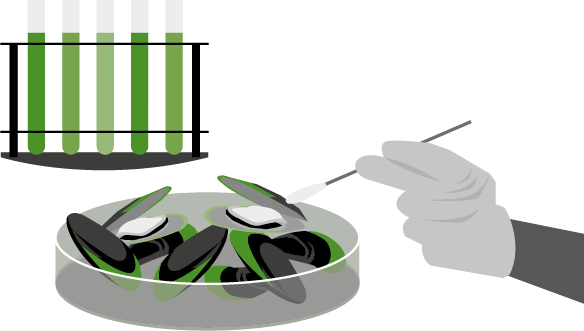
Taxonomy and biological collections underpin a wide range of human health outcomes (e.g. consequences of biosecurity breaches such as painted apple moth or fruit fly invasions requiring pesticide use; public reaction to exotic insects or spiders found in supermarket fruit). One of the anticipated impacts of global climate change is the increasing prospect of tropical bacterial and viral pathogens spread by introduced mosquitoes.
The Cawthron Institute’s collection of toxic microalgae provides economic benefits to New Zealand by enabling the protection of domestic and export consumption of seafood, thus ensuring market access for New Zealand’s $1.5 billion seafood exports. New Zealand needs to take a strategic approach to the range of threats the nation faces and have an appropriately equipped taxonomic workforce and knowledge base.
Conservation
Taxonomic knowledge provides benefits to conservation in New Zealand.
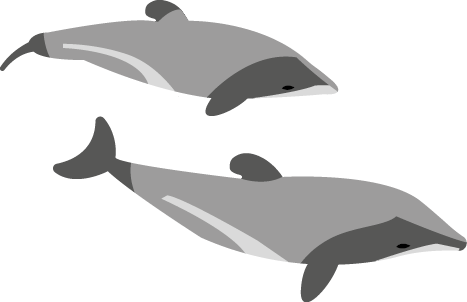
The New Zealand biota comprises approximately 50,000 described naturalised species split about 60:40 between terrestrial and aquatic environments.
At least 9,000 undescribed species are known and it is estimated that many more species remain to be discovered. New Zealand is recognised for its unique biota, a high proportion of which is not found anywhere else in the world. Fifty two percent of New Zealand’s terrestrial and aquatic species are endemic to the New Zealand region. Although 33% of New Zealand’s land is legally protected for the primary purpose of conserving biodiversity, 9.7% of vascular plant taxa are still classified as Nationally Threatened, and 28% as At Risk.
At a national level the Treaty of Waitangi recognises the value of the natural world to Māori and, through the principles referred to in statutes, creates a responsibility for the protection of all taonga (treasured elements) and the ability of Māori to contribute to their continued existence, especially through the practise of rangatiratanga.
Furthermore, New Zealand has an international responsibility to identify, classify and protect its species, and meet international treaty obligations (e.g. Convention on Biological Diversity, Intergovernmental Platform on Biodiversity and Ecosystem Services).
New Zealand also has an obligation to implement the New Zealand Biodiversity Strategy which calls for the protection of natural ecosystems, flora, and fauna. Collections and taxonomic research support biodiversity agencies through access to voucher specimens associated with surveys, data on species distribution, assistance with management of threatened species, and assessment of ecological integrity and ecosystem services. Recognition of species, their attributes, and variability is essential to evidence-based management decisions.
Sustainable use
Taxonomic knowledge provides benefits to sustainable resource use in New Zealand.
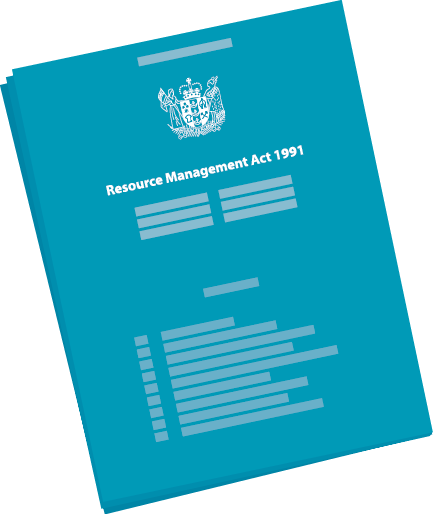
The Resource Management Act, Environmental Impact Assessments (e.g. as part of regulations such as the EEZ and Continental Shelf Environmental Effects Act), and other legislative and international agreements require knowledge of species, their distributions, and their interrelationships.
New Zealand’s ability to provide certainty about the effects of resource use and management in the primary sector (agriculture, horticulture, forestry, aquaculture, wild fisheries, and mining) requires the knowledge generated through the biological collections’ infrastructure.
Māori interests
Knowledge of taxonomy has direct relevance to Māori interests.

Collections and taxonomic research can provide key information about taonga species and assist with biodiversity and resource management.
Settlements being negotiated by Māori through the Waitangi Tribunal processes involve the lands and other assets managed by the Department of Conservation. Conservation redress is an integral part of settlements, and a range of instruments have been developed to address Māori interests in areas of public conservation land. These instruments include transferring ownership of specific areas of high cultural significance, and mechanisms to involve and recognise Tangata Whenua in the management activities of these lands.
Mātauranga Māori practitioners offer important streams of knowledge and interpretation for collection custodians and research workers. There is potential to develop a broader Māori component to species taxonomy relating to their whakapapa, the role of traditional knowledge, precaution about uses (tapu procedures, karakia), expressions of tikanga and kawa (processes and protocols), and interpretation.
The collections themselves provide an important repository for researchers and resource managers from iwi Māori to connect with the natural resources of their regions through the Rangatiratanga principle.
New Zealand’s Culture and Identity
Taxonomic knowledge is important for New Zealand’s culture and identity.
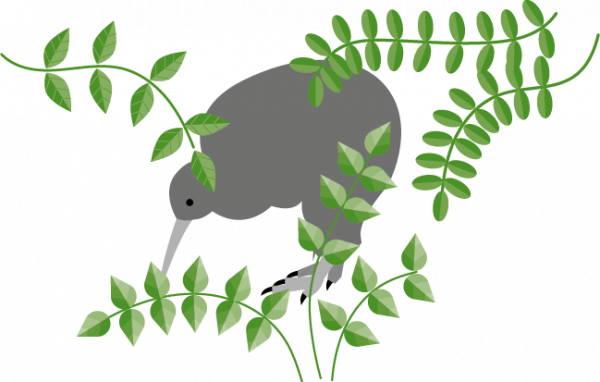
Enjoyment, recreation, and a strong sense of national identity are associated with New Zealand’s natural environment.
New Zealand’s national icons – kiwi, kauri, koru and silver fern, cabbage trees, wētā, kahikatea, pāua, and kina – are drawn from the natural world. Environmental branding, such as the 100% Pure campaign by Tourism New Zealand, is a major marketing advantage and the foundation of the tourism industry.
To many people, biodiversity has intrinsic value and they recognise an obligation to protect and conserve this heritage for future generations.
Taxonomic collections are a part of New Zealand’s cultural heritage incorporating specimens from New Zealand’s prehistoric past to the present day.
Scientific Credibility and Quality Assurance
Maintaining and building taxonomic collections is important for scientific credibility and quality assurance. 
Reproducible research in many areas of biological science and ecology depends on the ability to accurately identify the organisms being studied.
International convention recommends that name-bearing type specimens are to be deposited in permanent collections (See Appendix 2).
Furthermore, to validate primary data and to be able to test the conclusions of previous work, including the identity of organisms, examples of the specific organisms being researched should be lodged in national collections (voucher specimens) providing a critical research archive.
The underpinning taxonomic research that documents and describes the New Zealand native and introduced biota is made available through publications on New Zealand Flora, Fauna and Mycota and other research or revision publications.
Global Relevance and International Leverage
New Zealand has an obligation to play a part in the global scientific exchange of information about taxonomy, which in turn provides many benefits, such as pest identification.
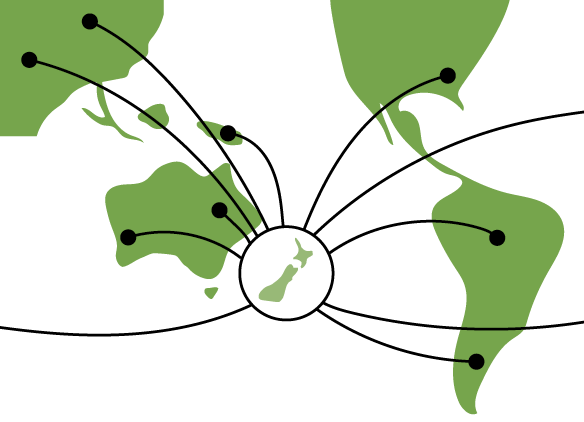
New Zealand is part of a global community of scientists.
Knowledge of New Zealand’s biota is pushing the frontiers of evolutionary biological science and is driving increasing interest in New Zealand’s collections, resulting in visits from overseas experts. For example, the unique diversity and endemism of New Zealand’s marine flora and fauna generates international interest.
In 2013–14, the NIWA Marine Invertebrate Collection attracted 26 visiting researchers from 14 countries (See Appendix 4). Their work has resulted in increased authoritatively identified specimens in the collection, adding to local knowledge.
